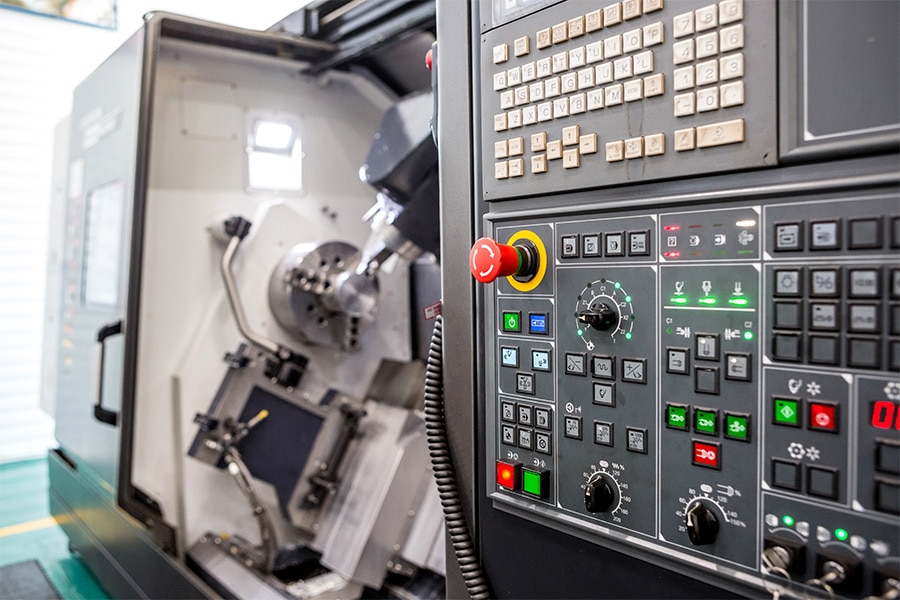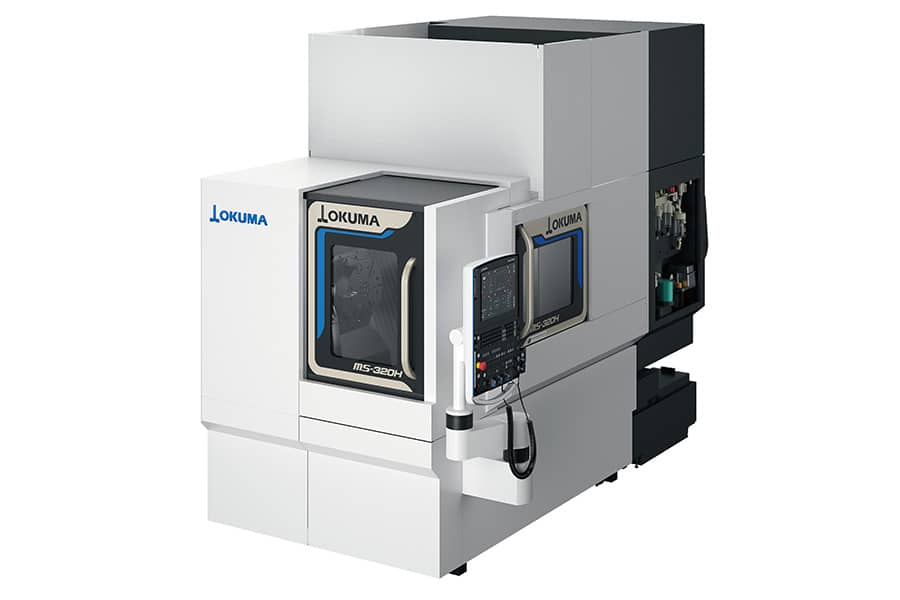
Extraction a must in TIG welding
TIG welding is considered a very clean welding process because it releases little to no welding fumes. But appearances can be deceiving. Although less welding fumes are generated, it is important not to underestimate the risks associated with TIG welding. After all, there are other factors involved that make extraction a must.
TIG welding often finds application when the weld is visible or needs to be of high quality, for example when processing stainless steel or aluminum. Compared to MIG-MAG, it involves a rather slow process, which lays down a stable weld seam without causing much spatter. It also results in comparatively little welding fumes being formed. This results in the misconception that it is a clean process that requires few preventive protective measures. But nothing could be further from the truth. In addition to the amount of welding smoke generated, it is also important to consider the filler materials used, the base material of the workpiece, and the tungsten electrode chosen to get a complete picture of the hazards.
Risks due to base and filler materials
TIG welding, as mentioned, is often the preferred choice for joining stainless steels. Materials that invariably contain chromium and nickel. During welding, these elements are converted into nickel oxide and chromium compounds, which can cause cancer, as well as respiratory problems and damage to the nervous system. An extraction unit with W3 certification is therefore essential to protect the welder from serious health problems. In addition, filler materials can be used, for example, to provide additional corrosion resistance in the welds. These, too, often contain chromium and nickel.
The tungsten electrode
In TIG welding today, tungsten electrodes containing thorium are rarely used. And just as well. Radioactive dust can be released during grinding. And during welding, welding fumes are generated containing thorium oxide. Inhaling these emissions carries the risk of exposure to internal radiation. Especially in TIG welding with its alternating current, which is often used with aluminum, sufficient attention must be paid to this. Thus, if tungsten electrodes are still preferred for technical reasons, adequate extraction must be provided and grinding and welding dust must be thoroughly removed.
Ozone and reflections as additional hazards
Ozone exposure is higher in TIG welding than in other welding processes. This in turn has to do with the materials that are primarily processed with it. The surface of aluminum and stainless steel will strongly reflect UV radiation. Ozone is formed by the arc's UV radiation from the oxygen in the air. The formation occurs not only in the immediate vicinity of the weld, but sometimes some distance away. Since this substance is catalogued in TRGS 905 as carcinogenic, it should not be inhaled by the welder. The less welding fumes, the greater the risk of ozone formation. Source extraction is therefore the safest alternative.
Conclusion
The risks posed by TIG welding may seem limited by the absence of welding fumes, but they absolutely should not be underestimated. Extraction is crucial for effective protection of the welder. There are several ways to remove welding fumes and other emissions, such as extraction hoods or a central extraction system. The safest way is to extract everything at the source with a welding torch equipped with spot extraction. There are also specific welding torches for TIG welding.



